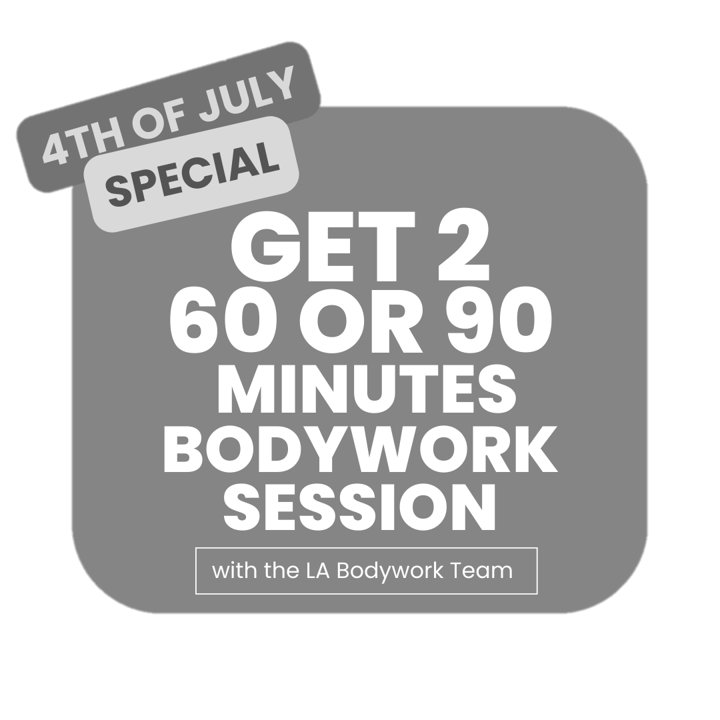
In the quest for a more relaxed and agile body, myofascial release stands out as a key practice. This therapeutic technique focuses on releasing tension in the fascia, the connective tissue surrounding muscles and organs. While professional bodywork sessions are beneficial, you can harness the power of myofascial release at home. In this blog, we’ll explore the top five bodywork practices that empower you to engage in effective myofascial release from the comfort of your own space.
Foam Rolling:
Foam rolling is a versatile and accessible way to initiate myofascial release. Using a foam roller, target different muscle groups by rolling back and forth, pausing on areas of tension or discomfort. This self-massage technique helps break down adhesions in the fascia, promoting increased blood flow and flexibility.
Pro Tip: Invest in a variety of foam rollers with different densities for a customized experience based on your needs and preferences.
Self-Myofascial Release with Massage Balls:
Massage balls, ranging from tennis balls to specialized myofascial release balls, offer a targeted approach to releasing tension. By placing the ball on the floor and gently rolling over it, you can pinpoint areas of tightness and apply pressure to release fascial restrictions. This technique is especially effective in areas like the back, hips, and shoulders.
Pro Tip: Experiment with the pressure and angle to find the sweet spot for optimal myofascial release.
Stretching Bands and Straps:
Incorporating stretching bands and straps into your routine enhances the effectiveness of traditional stretches by providing resistance. This resistance engages the fascia, promoting flexibility and improved range of motion. Stretching bands are particularly useful for targeting larger muscle groups and areas of tightness.
Pro Tip: Perform dynamic stretches with bands to engage the fascial network in a more comprehensive manner.
Yoga for Myofascial Release:
Yoga, with its focus on mindful movement and deep stretches, is an excellent practice for myofascial release. Poses like Downward Dog, Child’s Pose, and Pigeon Pose can help release tension in specific areas. Incorporating dynamic sequences and holding poses for longer durations enhances the stretching of the fascia.
Pro Tip: Explore yin yoga, a style that emphasizes holding poses for extended periods, promoting deep myofascial release.

Heat Therapy and Self-Massage:
Applying heat to targeted areas before engaging in self-massage can enhance the effectiveness of myofascial release. Use a heating pad or take a warm bath to relax the muscles and fascia. Combine heat therapy with self-massage techniques using your hands, focusing on kneading and applying pressure to release tension.
Pro Tip: Experiment with different self-massage techniques, such as circular motions or cross-fiber friction, to discover what works best for you.
Myofascial release at home is within your reach, thanks to these five effective bodywork practices. Incorporate these techniques into your regular routine to promote flexibility, reduce muscle tightness, and enhance overall well-being. Remember to listen to your body, be consistent in your practice, and adapt these methods to suit your unique needs. By making myofascial release a part of your self-care routine, you’re taking proactive steps towards achieving a more relaxed, agile, and rejuvenated body.




